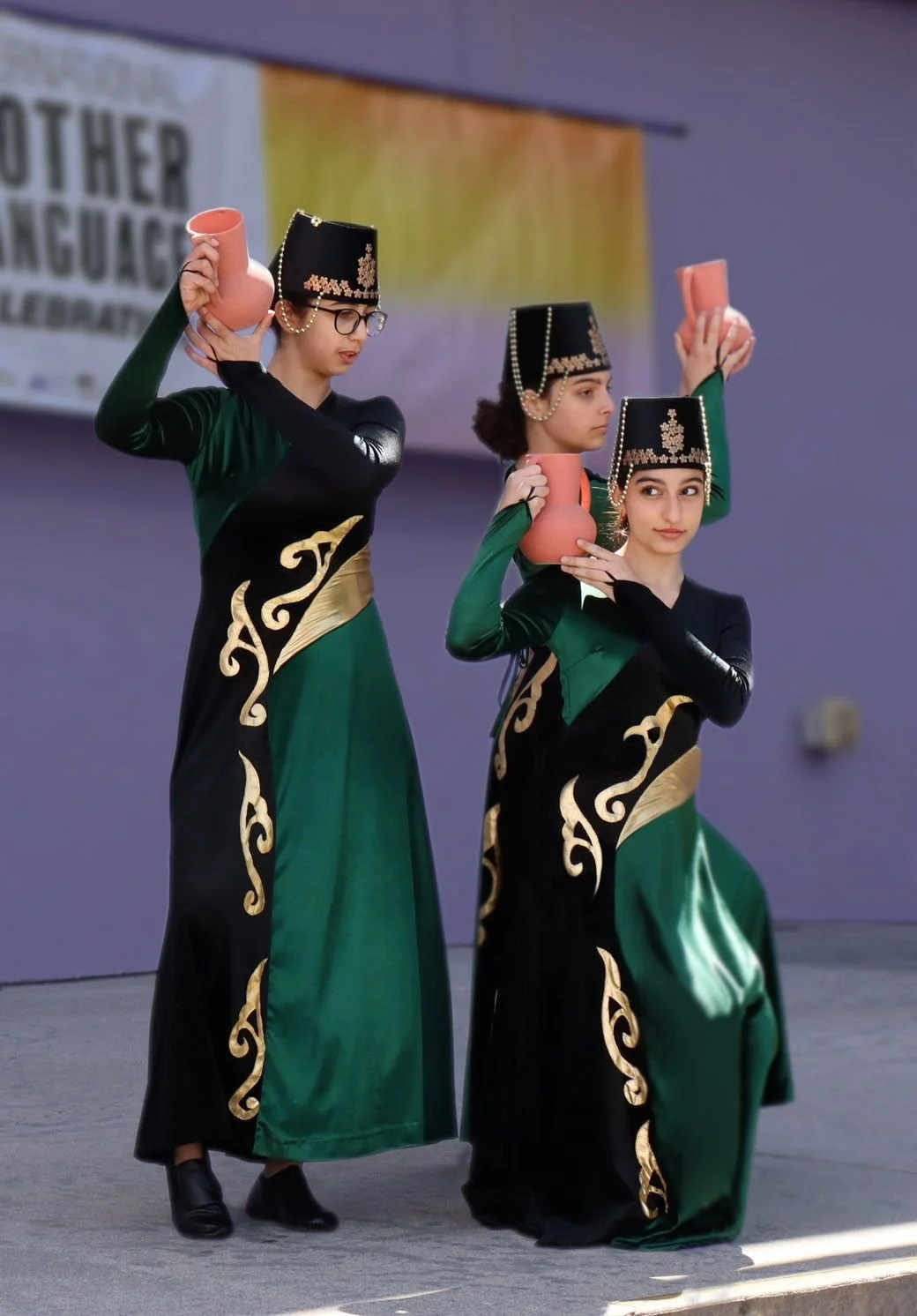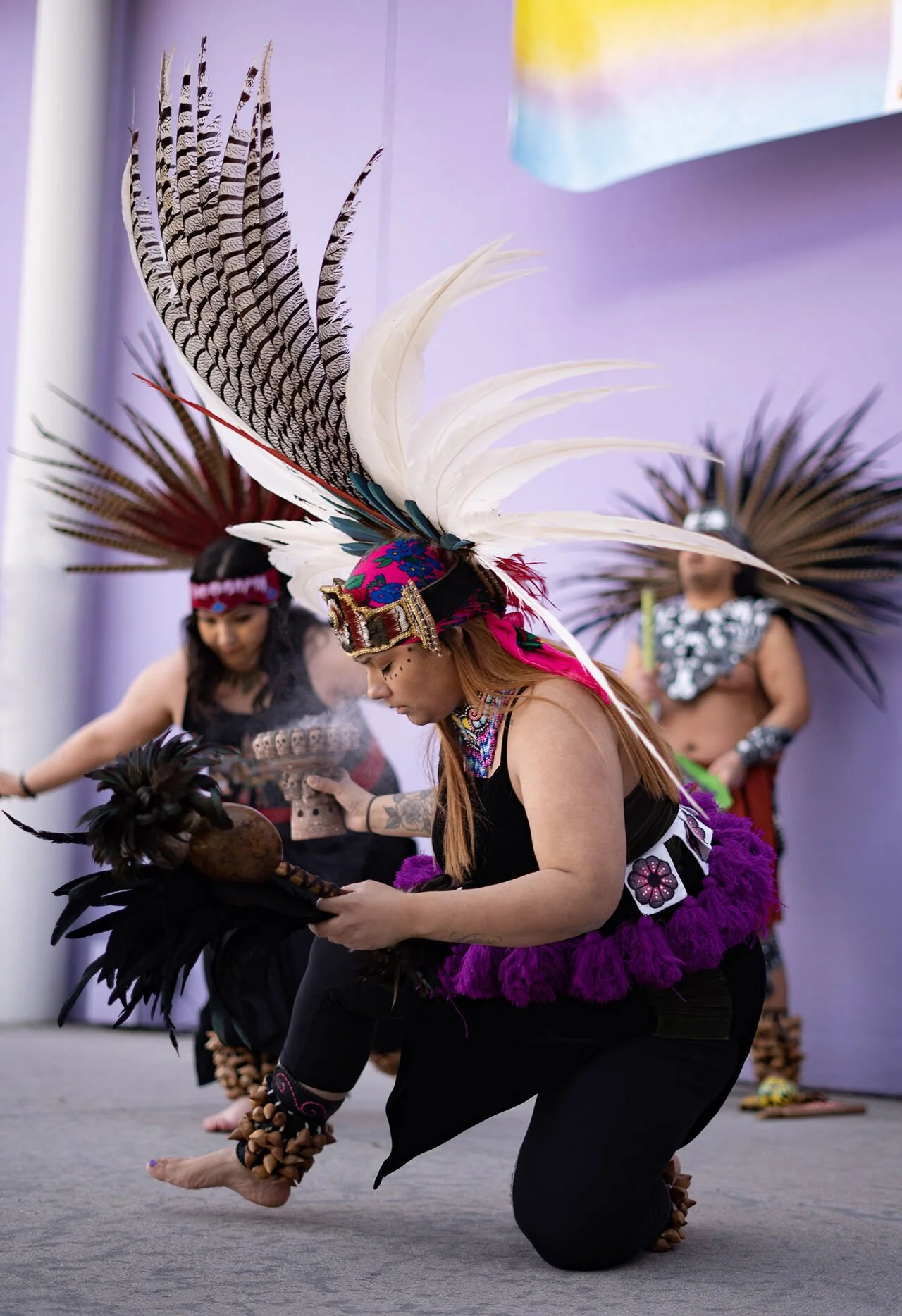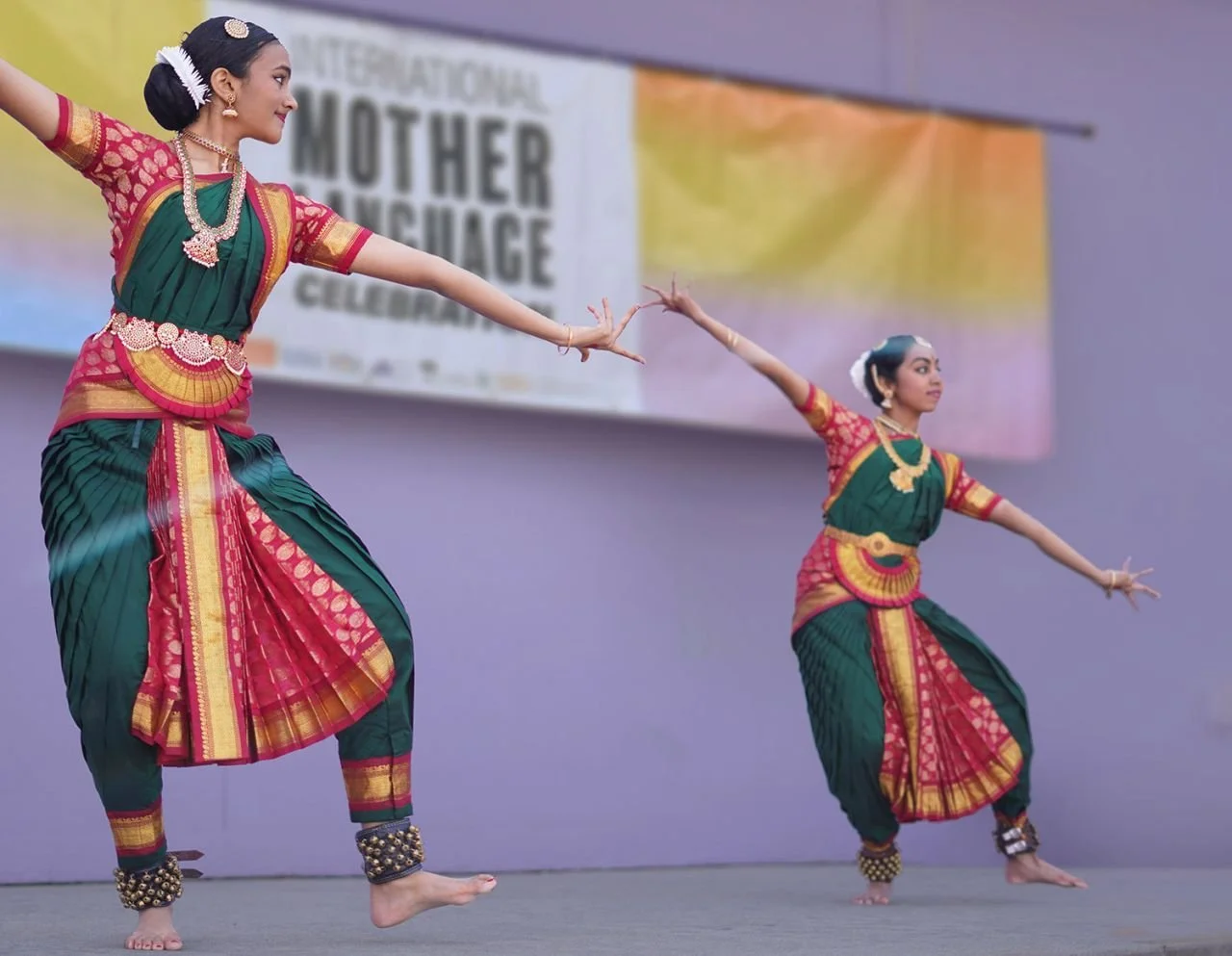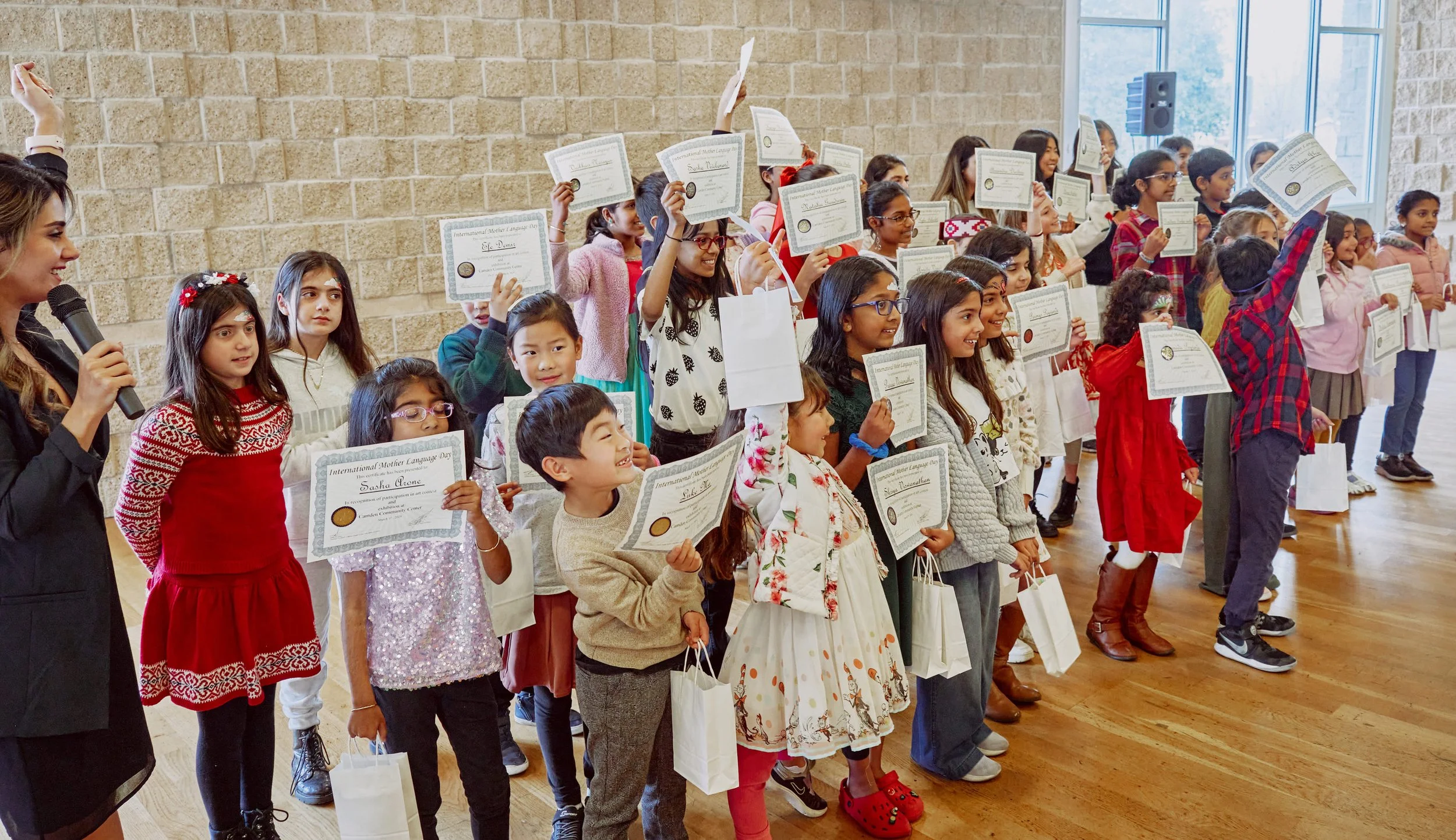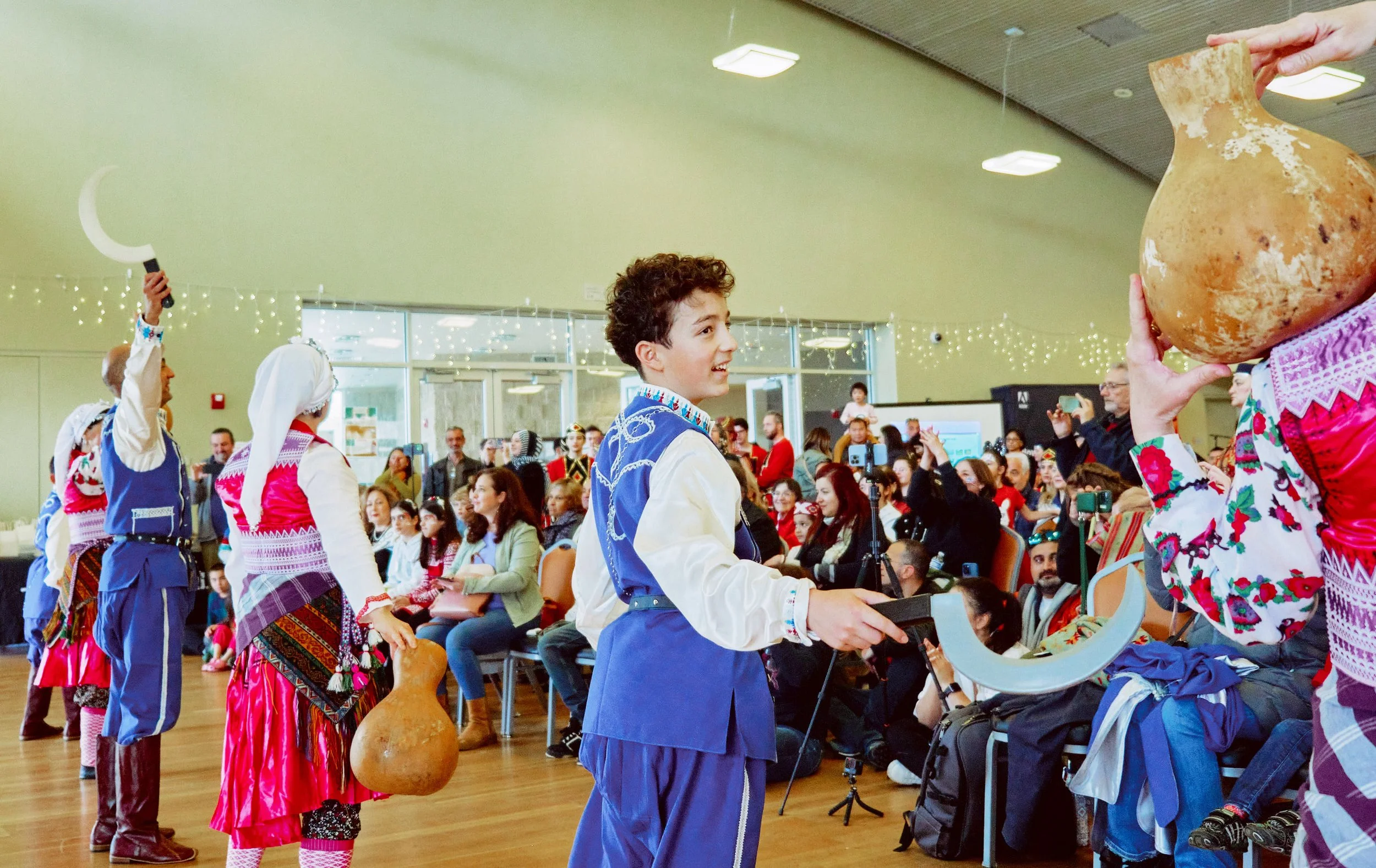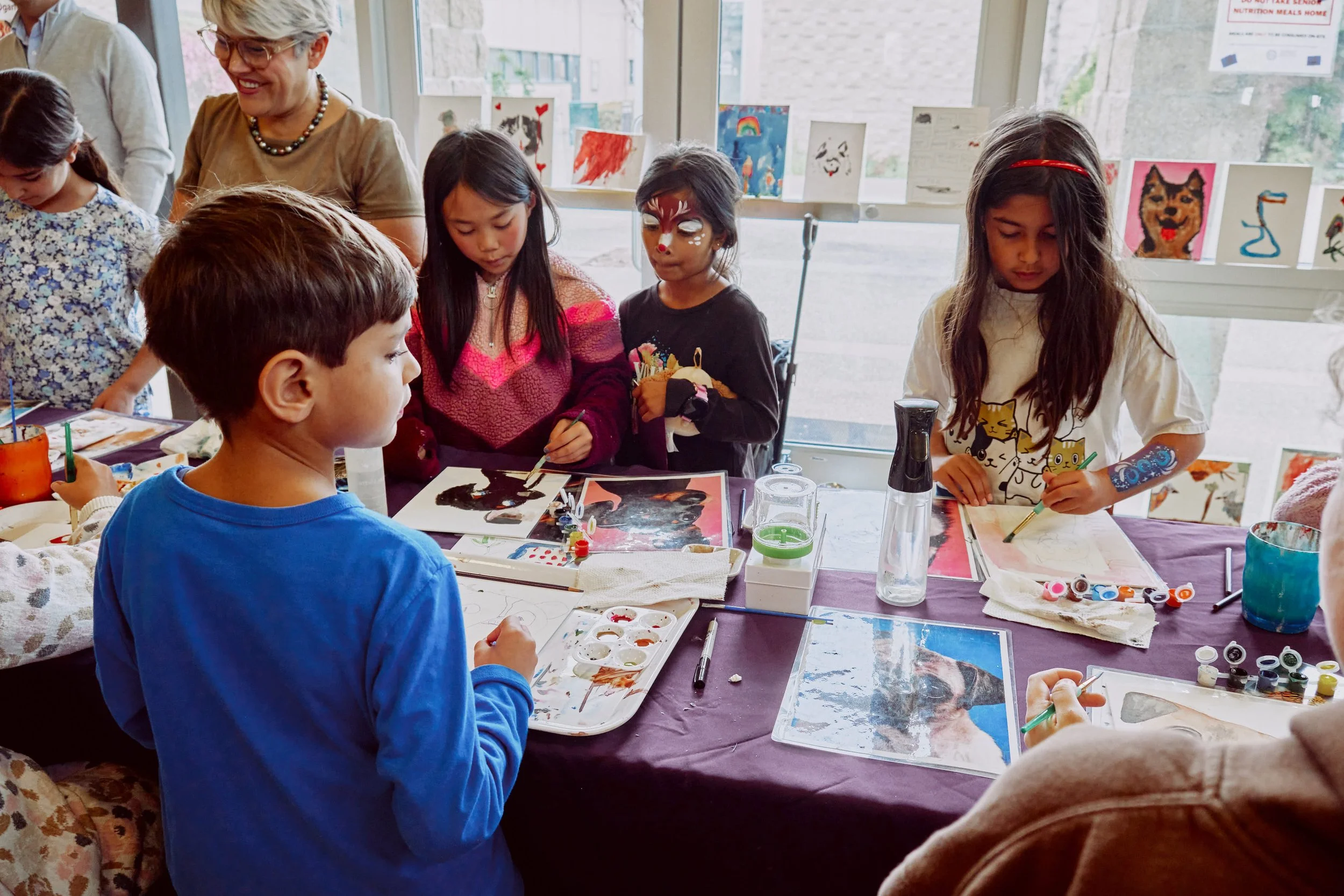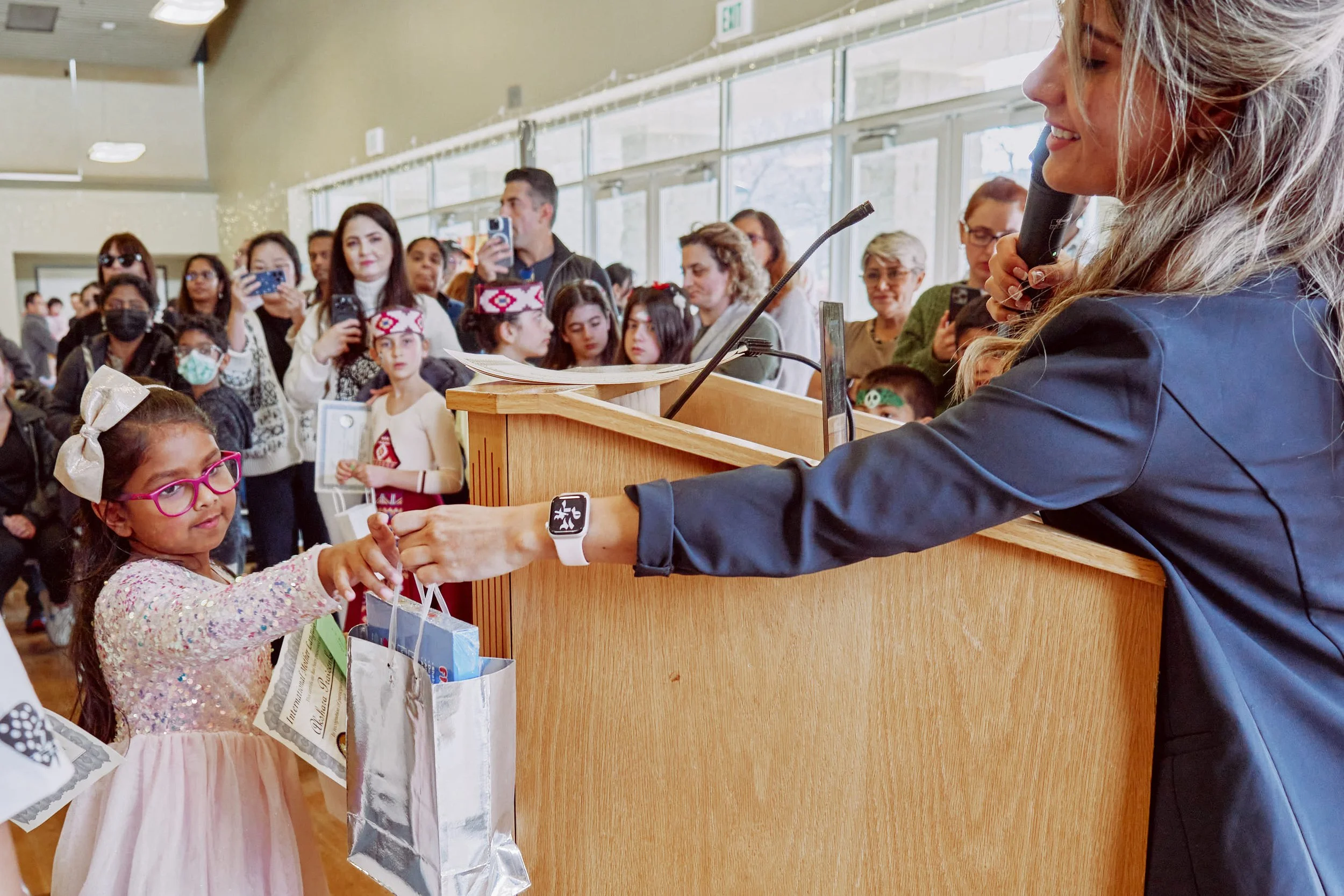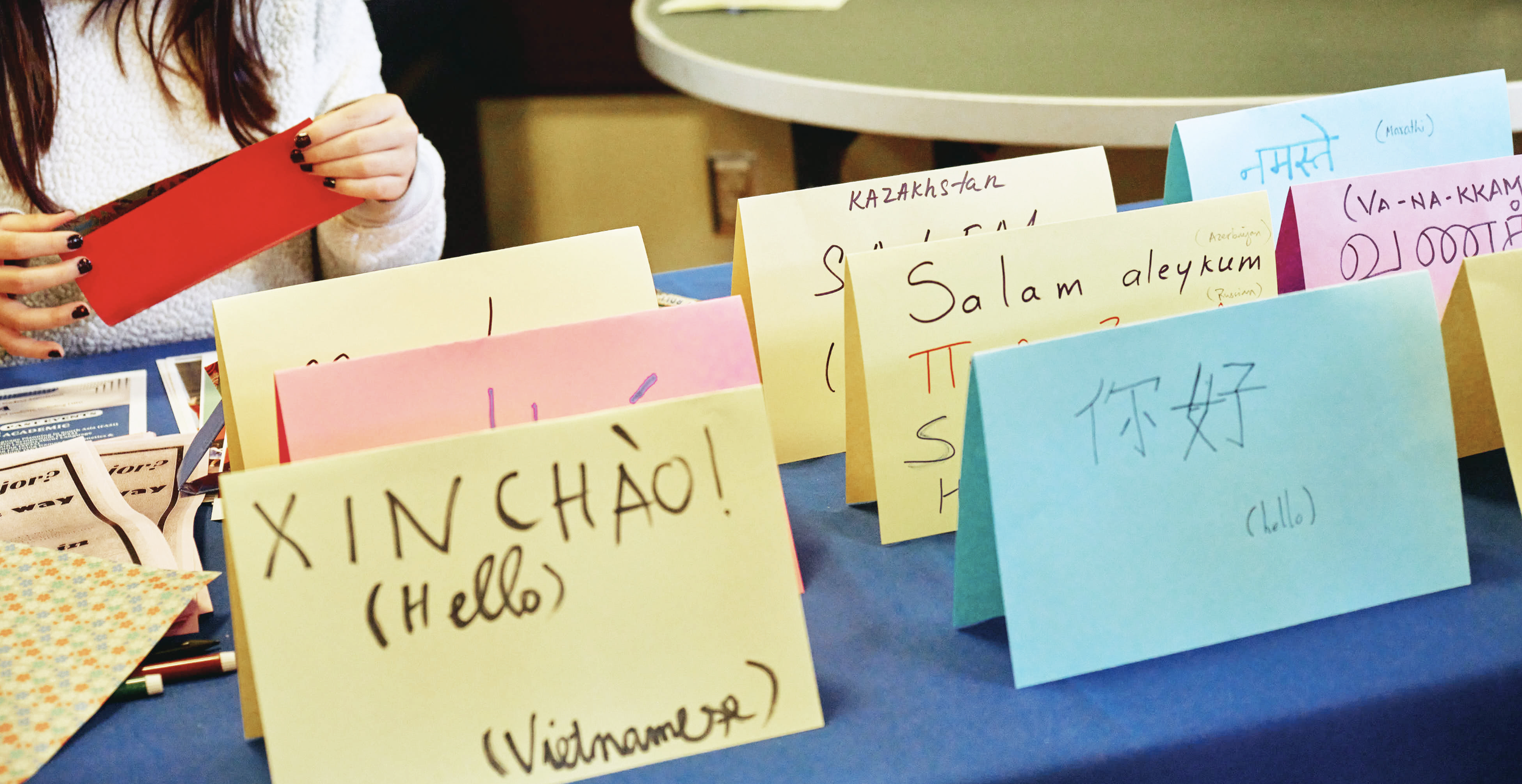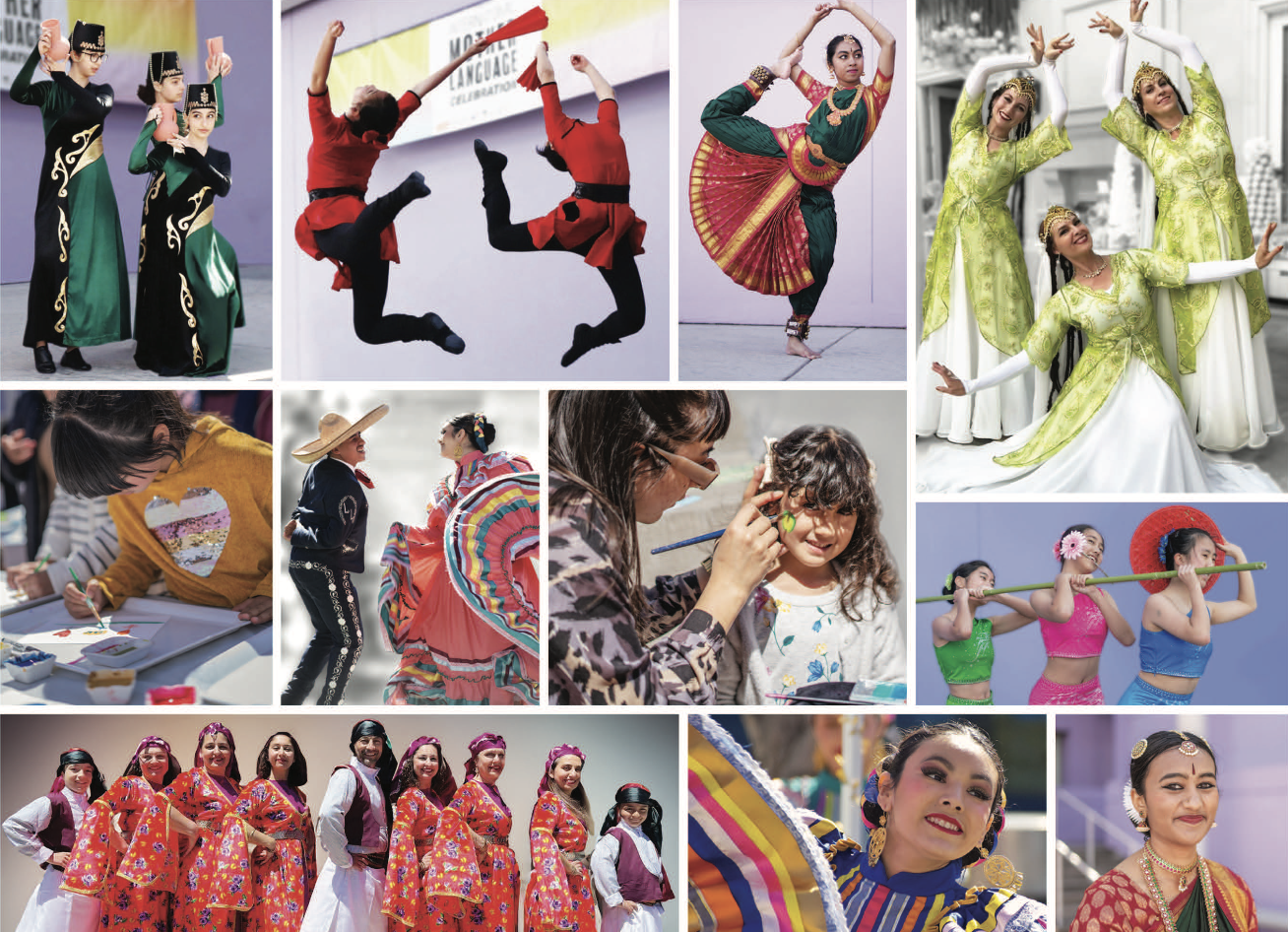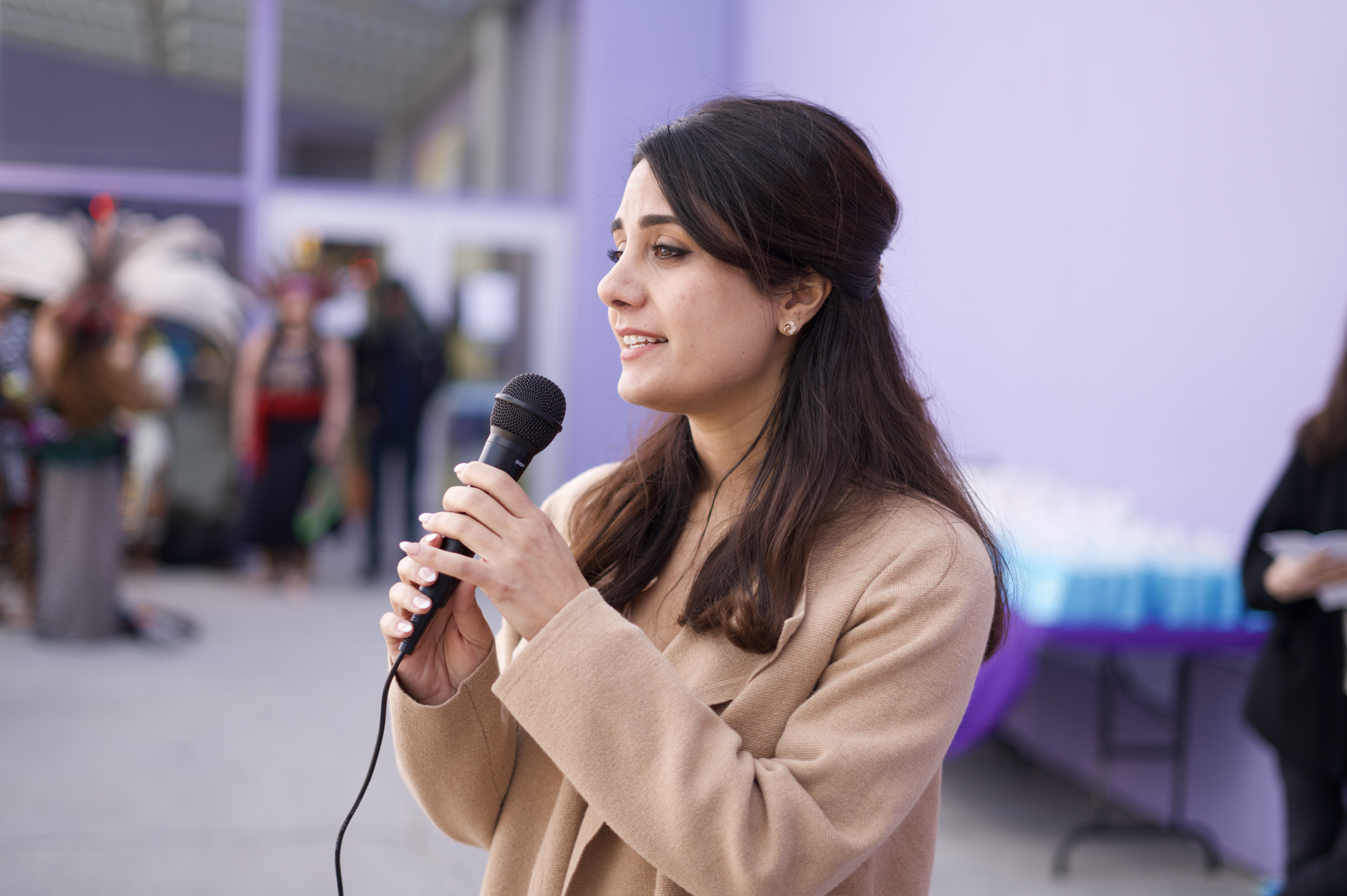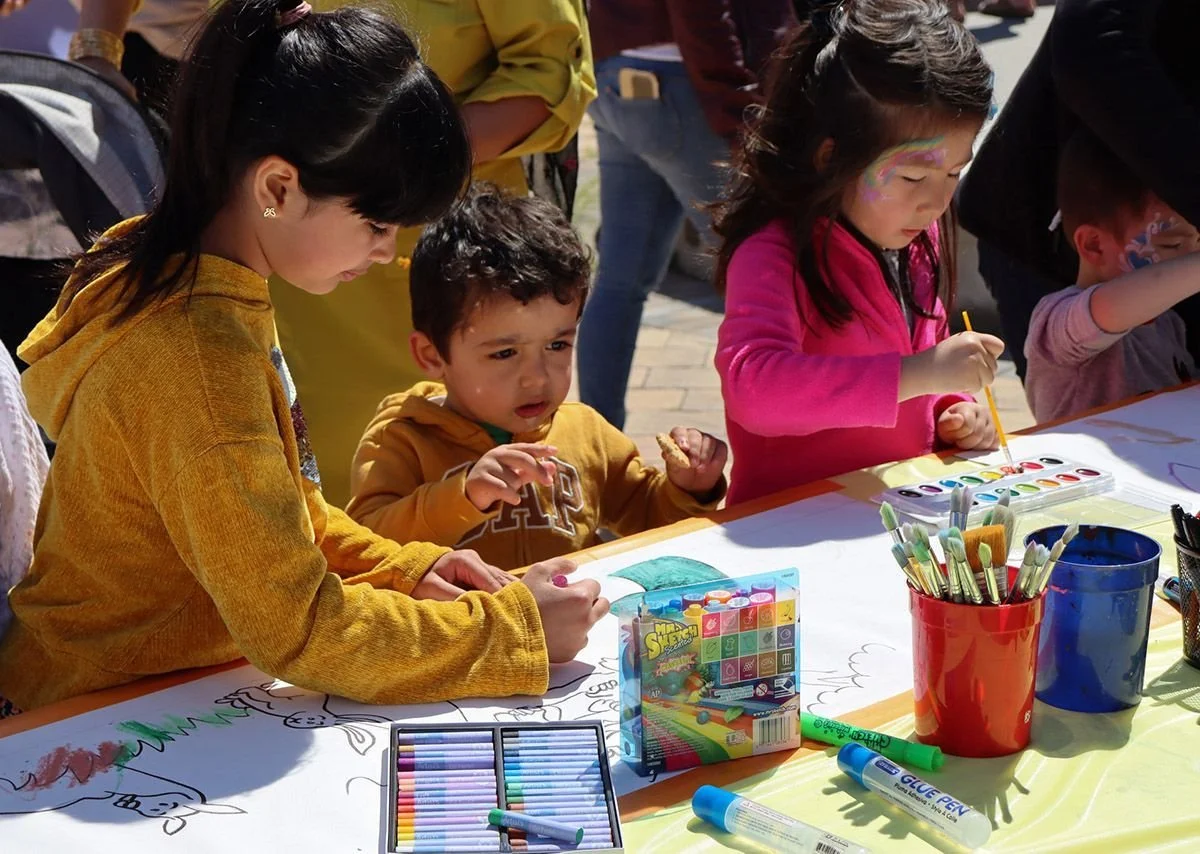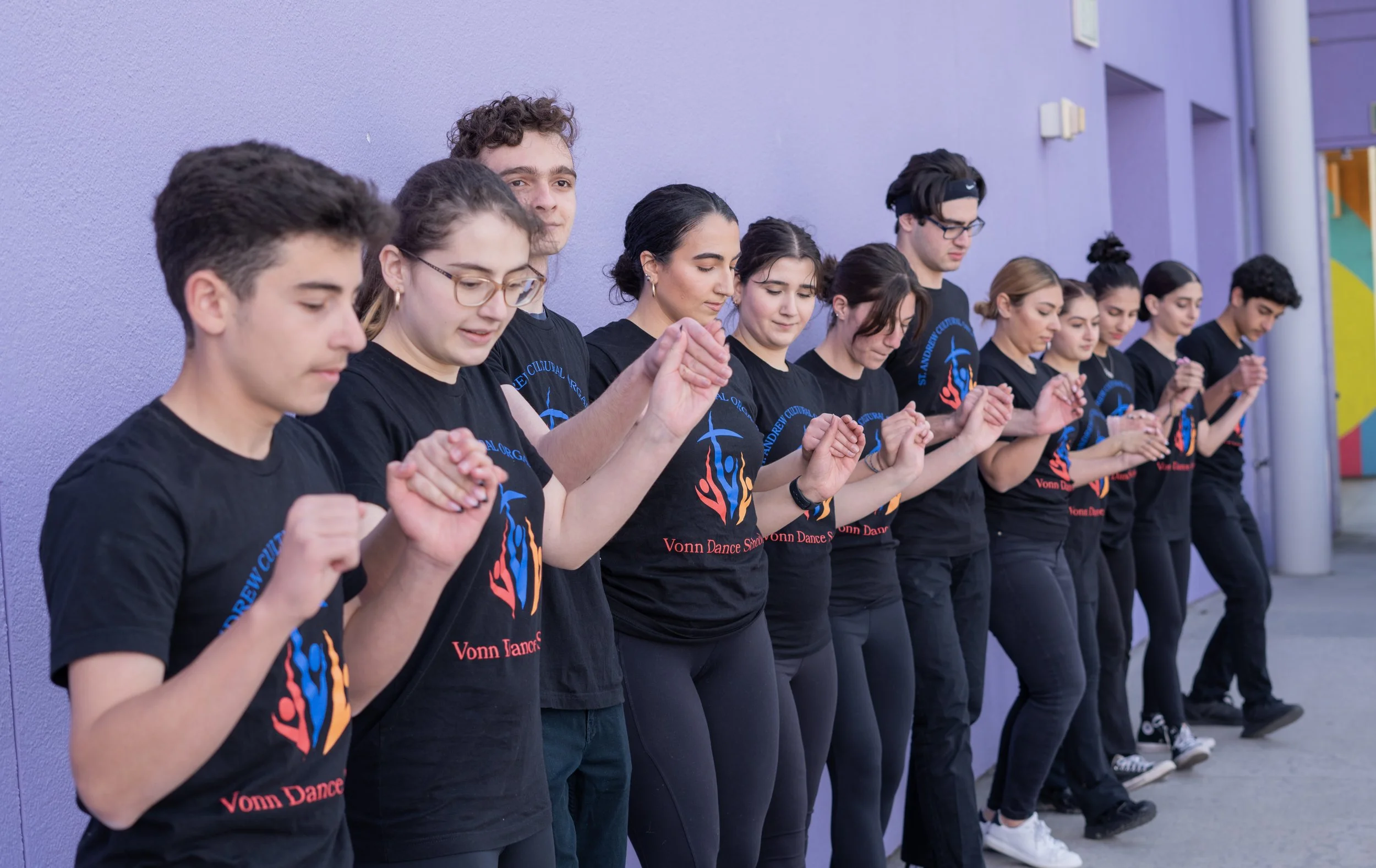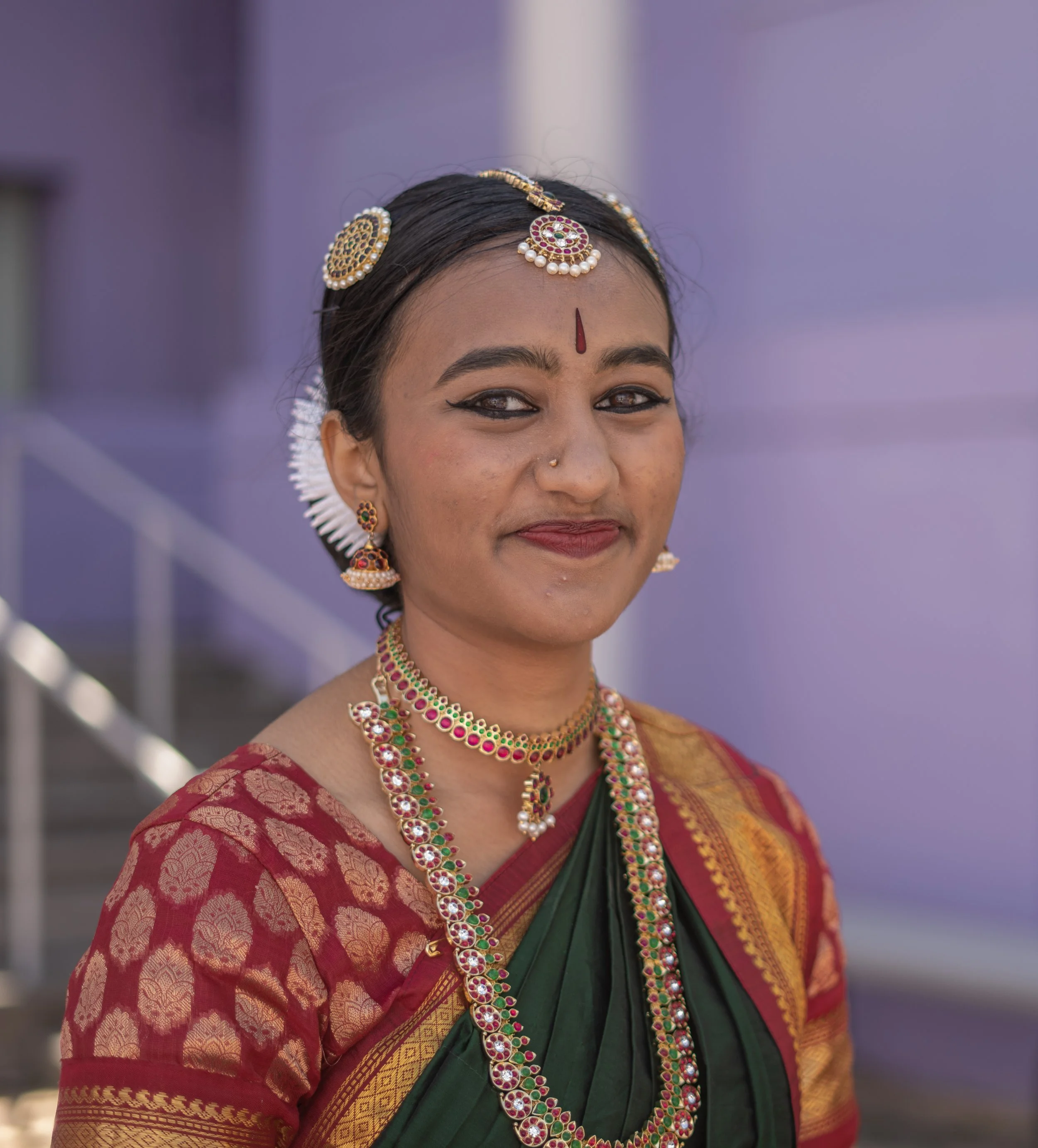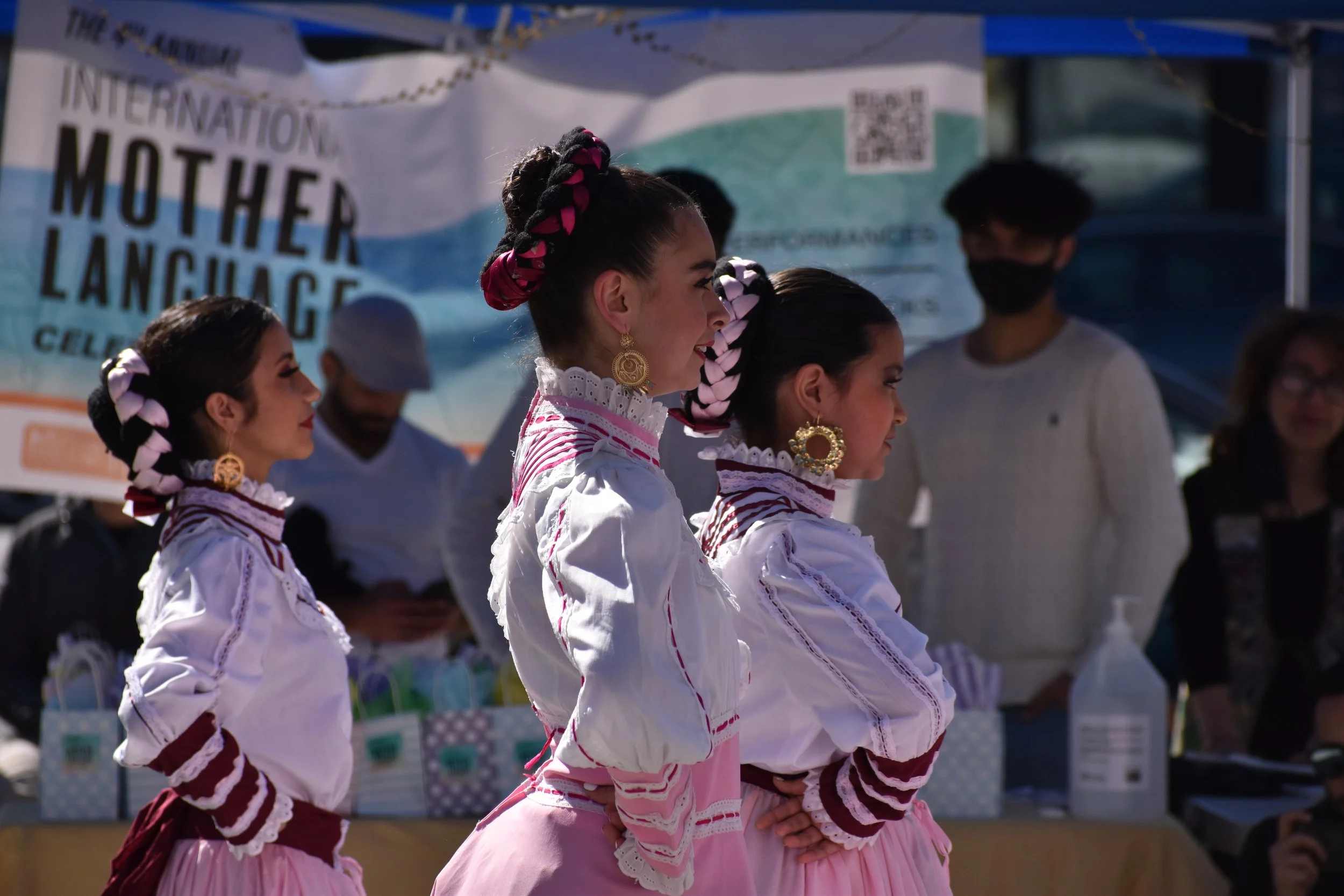Community Building · Network Effects
From 2 to Thousands:
The Network Effect
Where users become evangelists —
turning small seeds into movements
Started the Adobe Student Ambassador Program at SJSU with just 2 interested students. Within one year,
we achieved a 10% increase in Creative Cloud awareness and a remarkable 41% increase in usage campus-wide.
Similarly transformed the International Mother Language Celebration from 12 participants to 400+ annual
attendees. My approach: deep listening, authentic relationships, and turning every participant into a
co-creator and evangelist for the community.
"Without Tina's collaborative spirit and tireless efforts, we would not have been able to make
such a profound impact at SJSU." — Shel McConville, Global Education Community Program Manager
at Adobe. The 41% increase in Creative Cloud usage came from strategic community building. I planned and
led events, created graphics and promotional materials, and most importantly, turned students into evangelists
who took tools into their classrooms and shared with peers. Adobe provided swag and event support, but the
real growth came from authentic peer-to-peer advocacy.
Adobe Ambassador Program · Faculty Lead
Building Adobe's Campus
Community
As Faculty Lead since 2022, I've grown the Adobe Student Ambassador Program from 2 interested students
to a thriving community of hundreds. Through strategic event planning, hands-on workshops, and authentic
peer-to-peer advocacy, we achieved a remarkable 41% increase in Creative Cloud usage campus-wide.
What I Actually Do: Plan and execute flagship events like "Create and Ship with Adobe"
reaching 200+ students per session. Lead workshops teaching Adobe Express, XD, and creative tools.
Design all promotional materials and graphics. Facilitate feedback sessions at Adobe HQ, giving students
direct voice in product development. From pin-making workshops to AR/VR climate hackathons, every initiative
bridges creativity with real-world application.
The Secret to Our Growth: It's not about marketing budgets or swag (though Adobe provides both).
It's about turning students into evangelists who genuinely want to share tools with their peers. They take
Creative Cloud into their classrooms, incorporate it into projects, and become co-creators of the community
rather than just users of the software.
Featured Adobe Events
As primary organizer and creative director
Design Competition
Adobe Pan-Pacific Creative Jam
International design competition bringing together students across the Pacific to solve real-world challenges using Adobe Creative Cloud.
View EventUI/UX Hackathon
Digital Design for Sustainability
Two-part event combining speaker series with hands-on hackathon, challenging students to combat climate change through design.
View EventMixed Reality Hackathon
Climate VR Series & Hackathon
Transformative VR/AR hackathon exploring virtual reality's role in climate change awareness and sustainability solutions.
View Event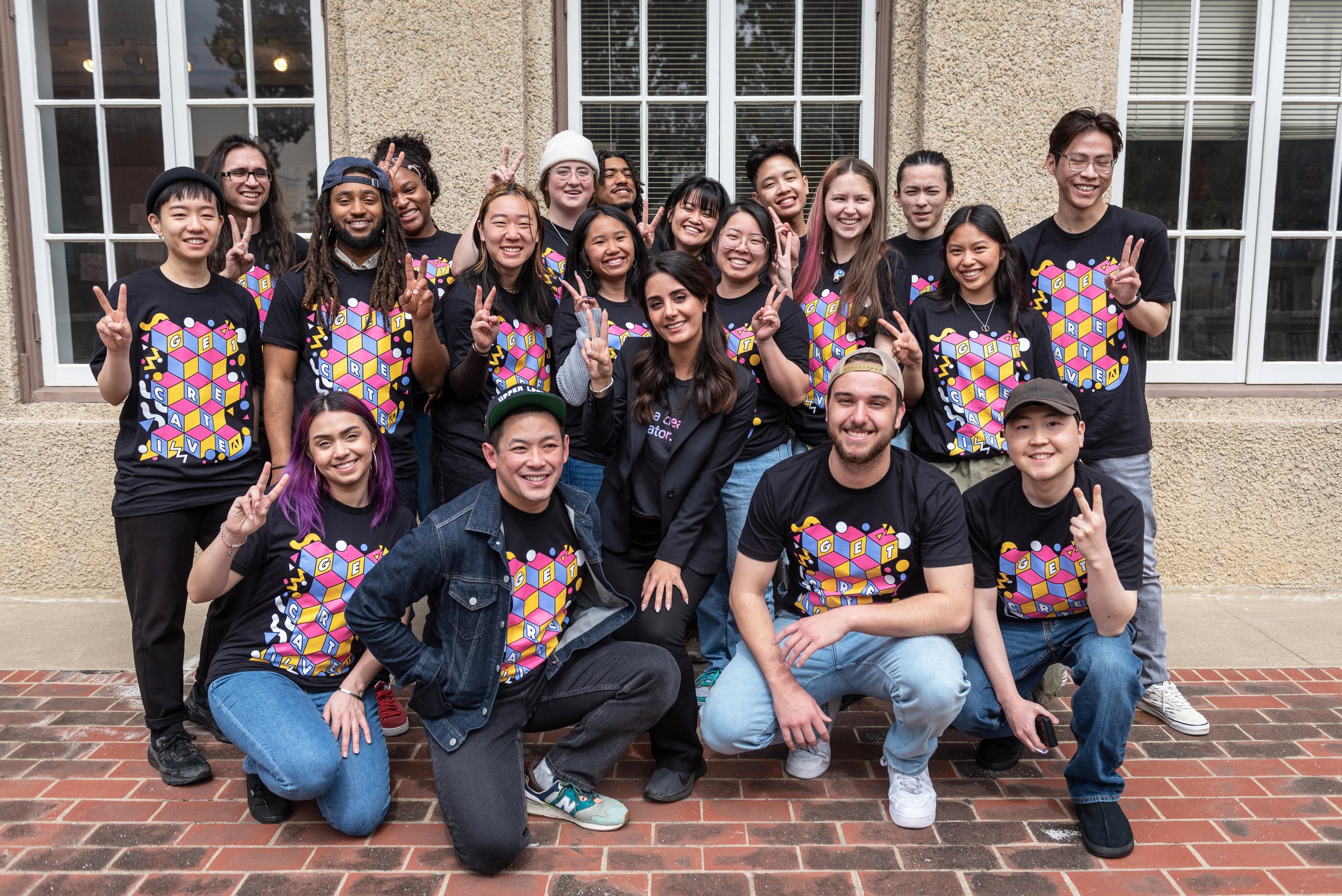

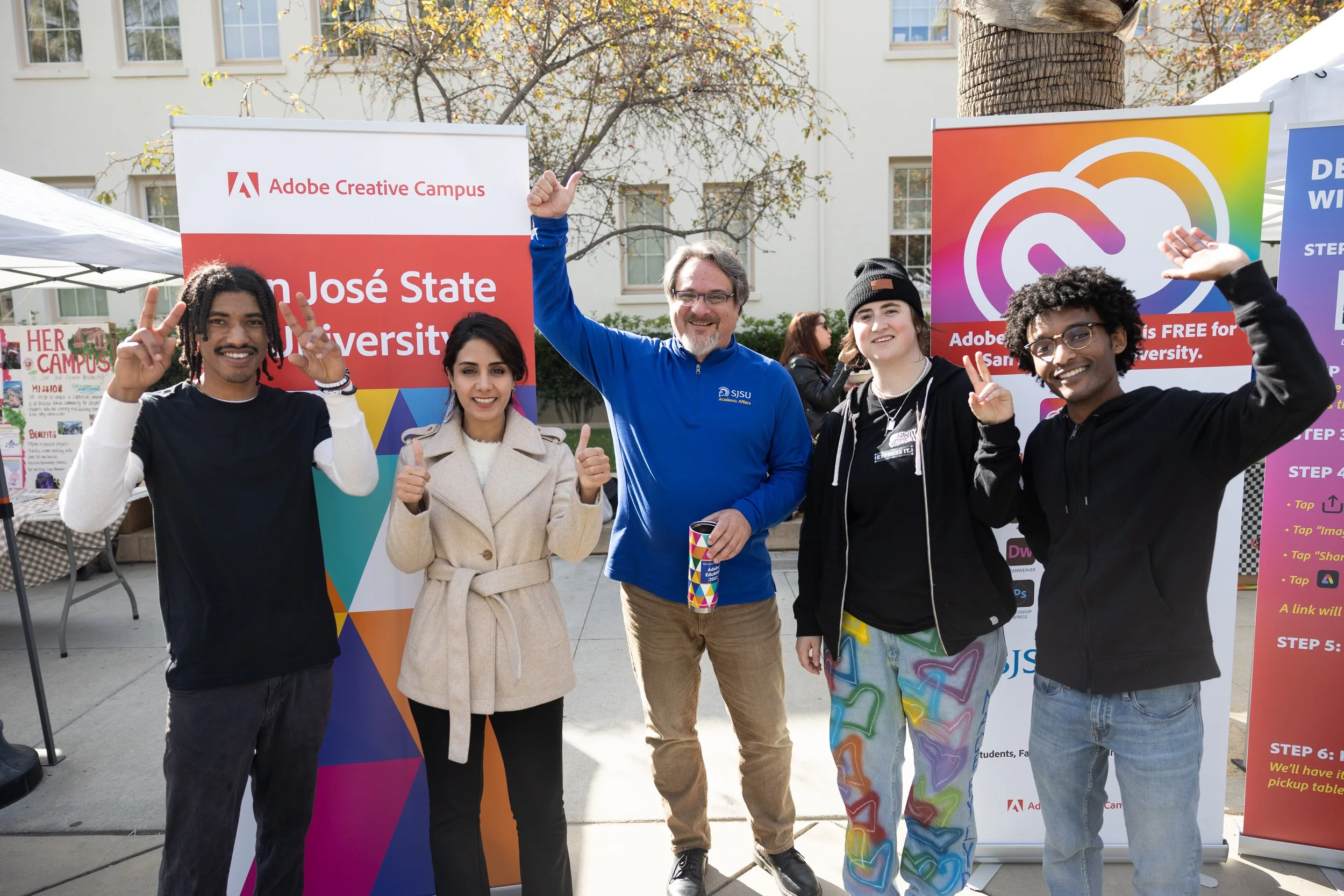

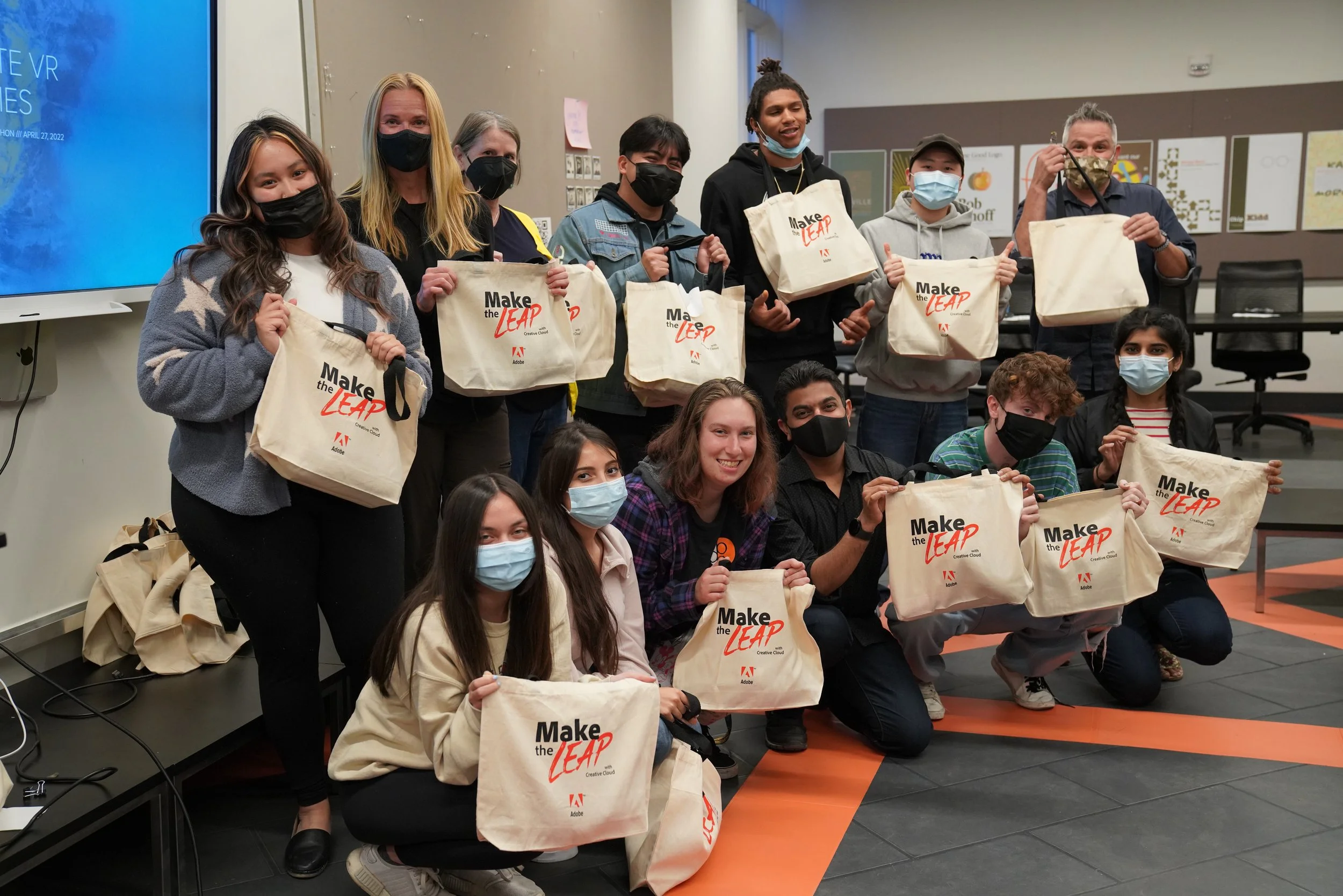
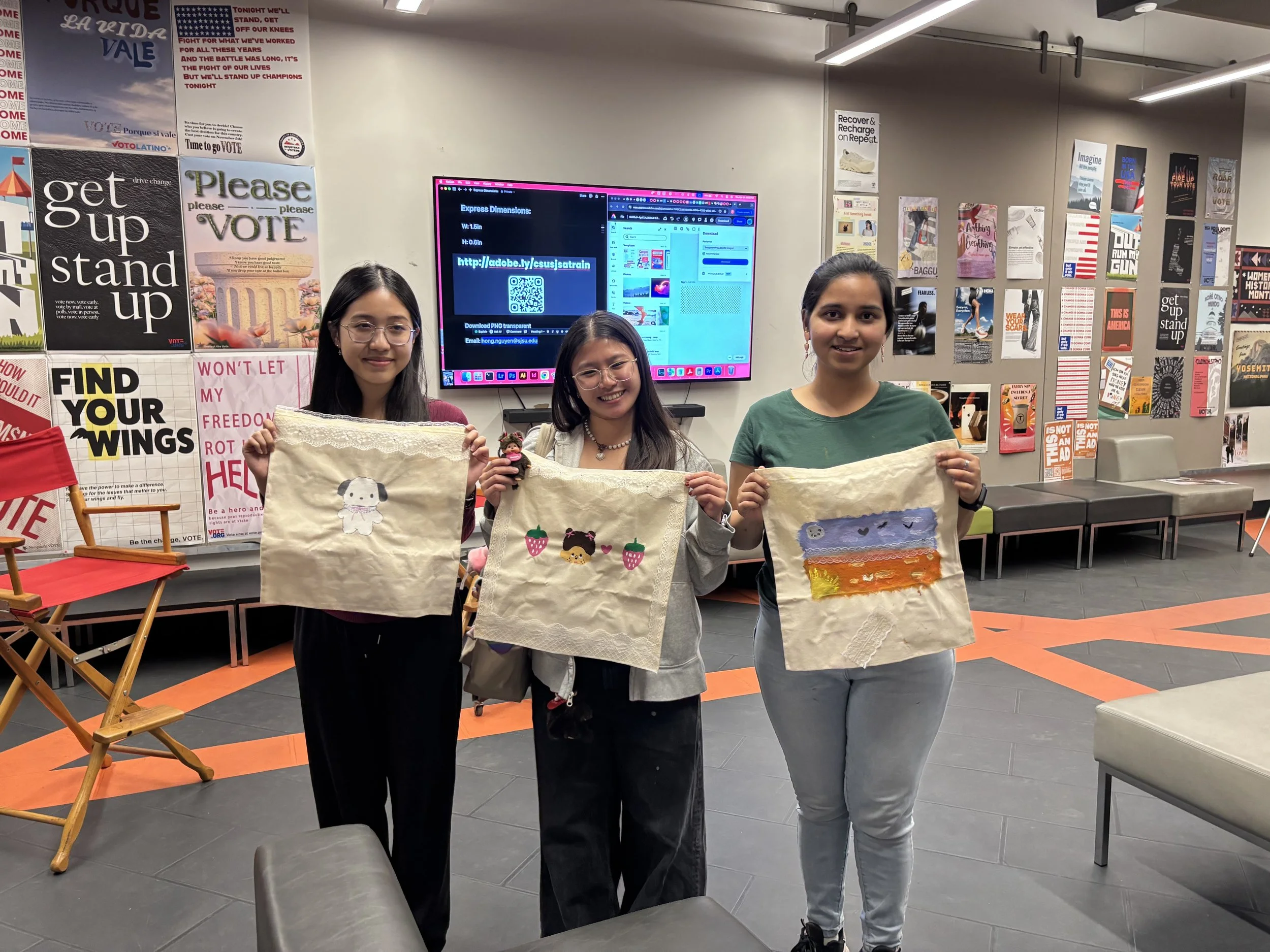

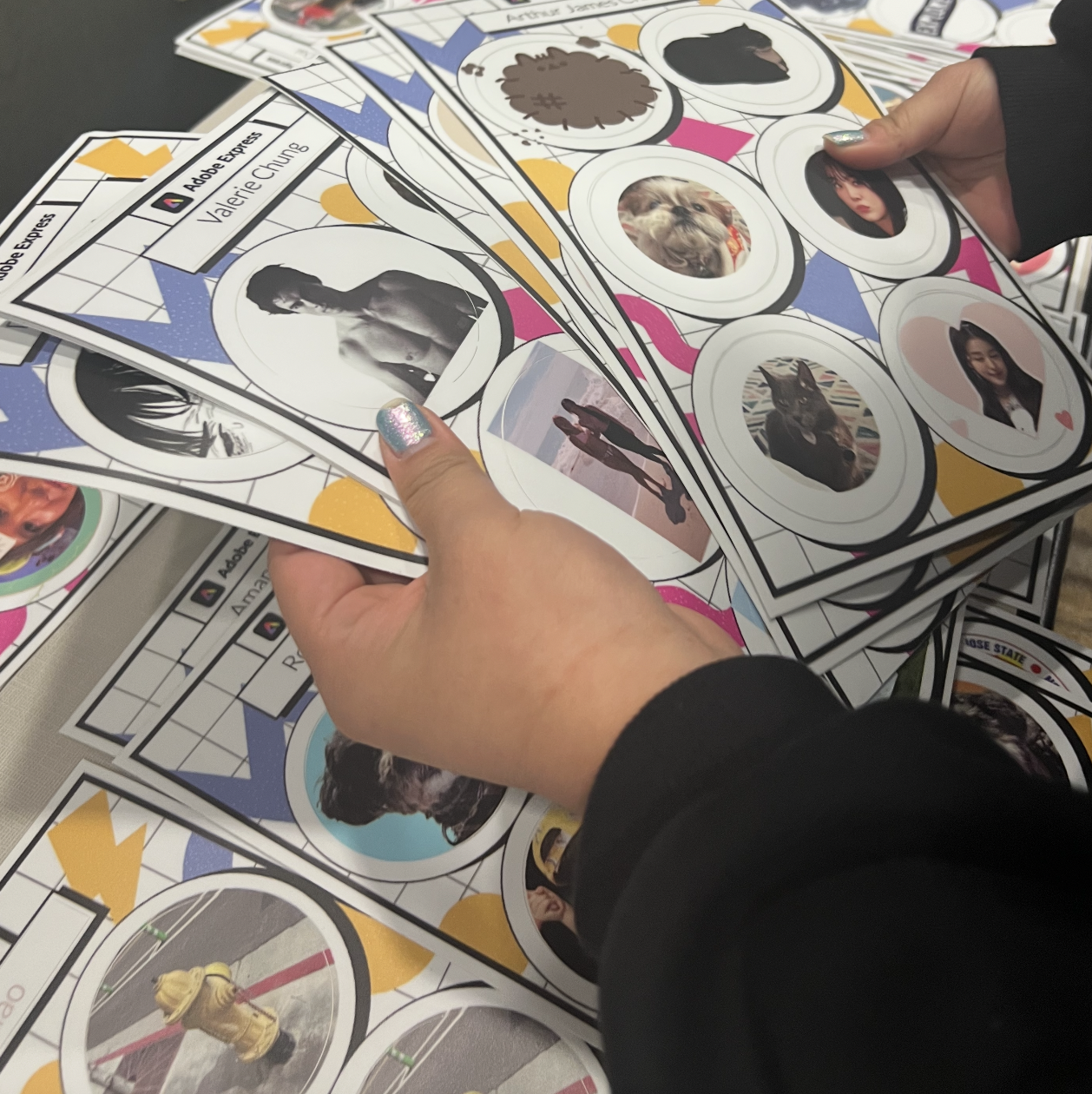
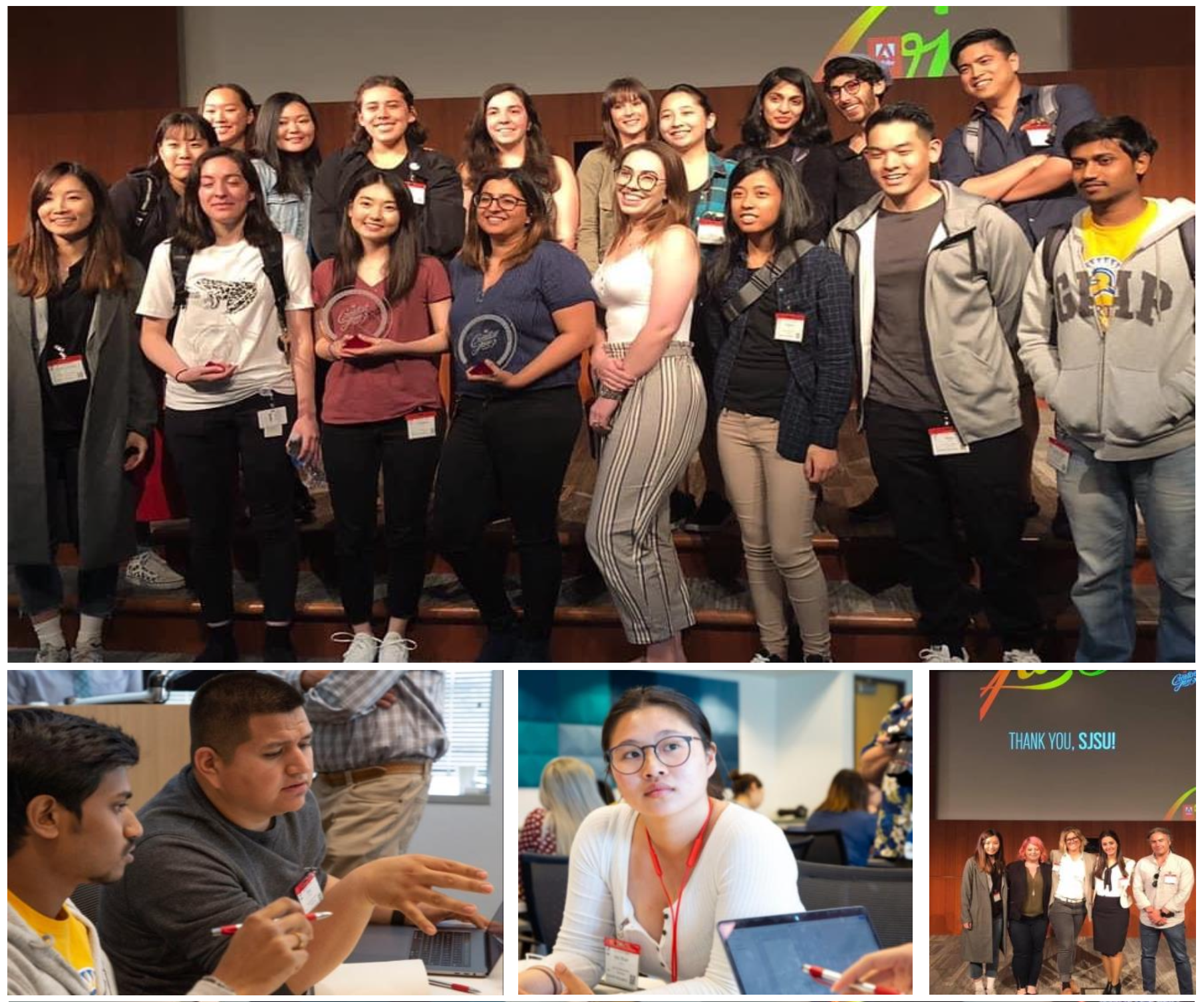


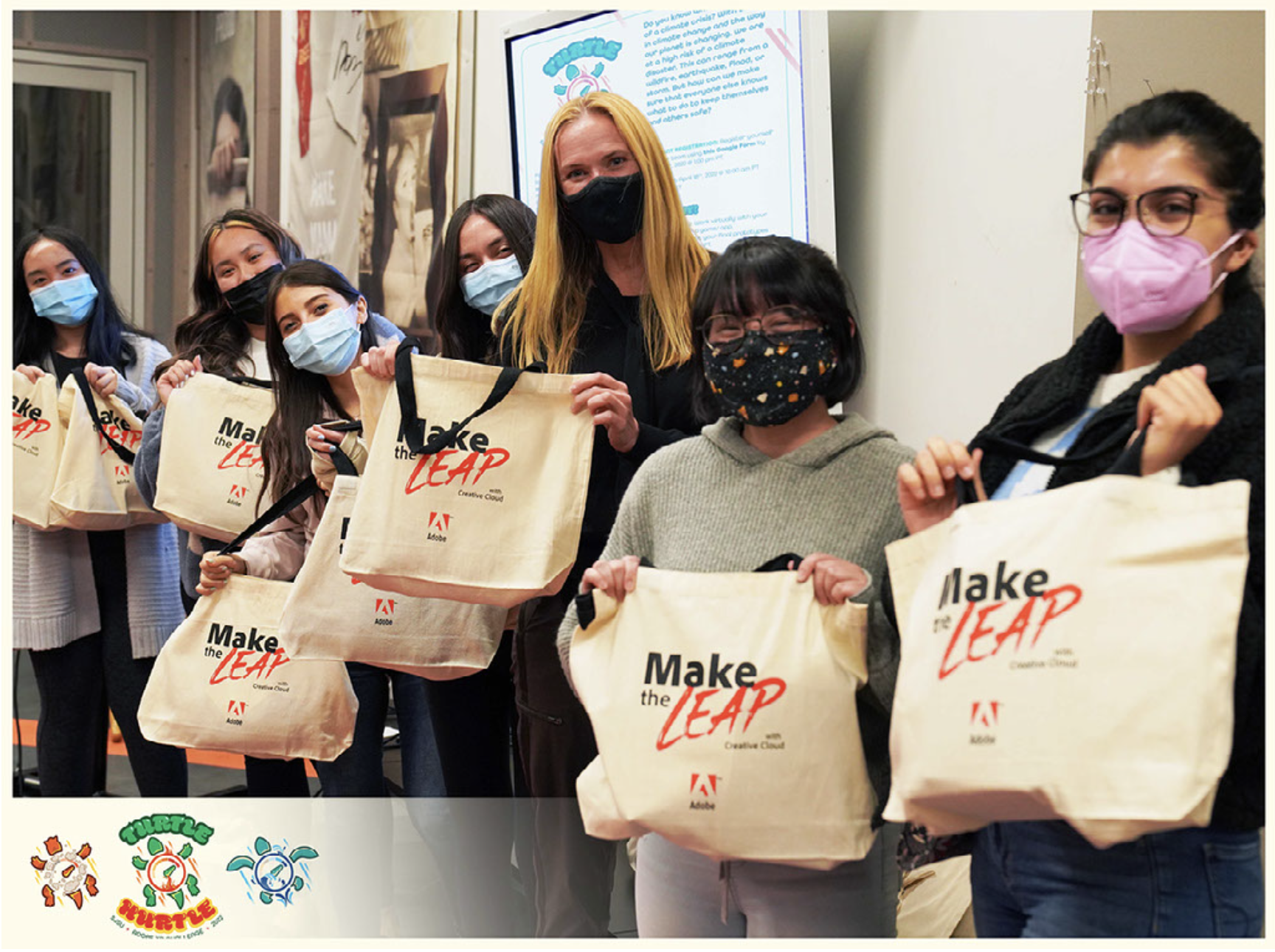

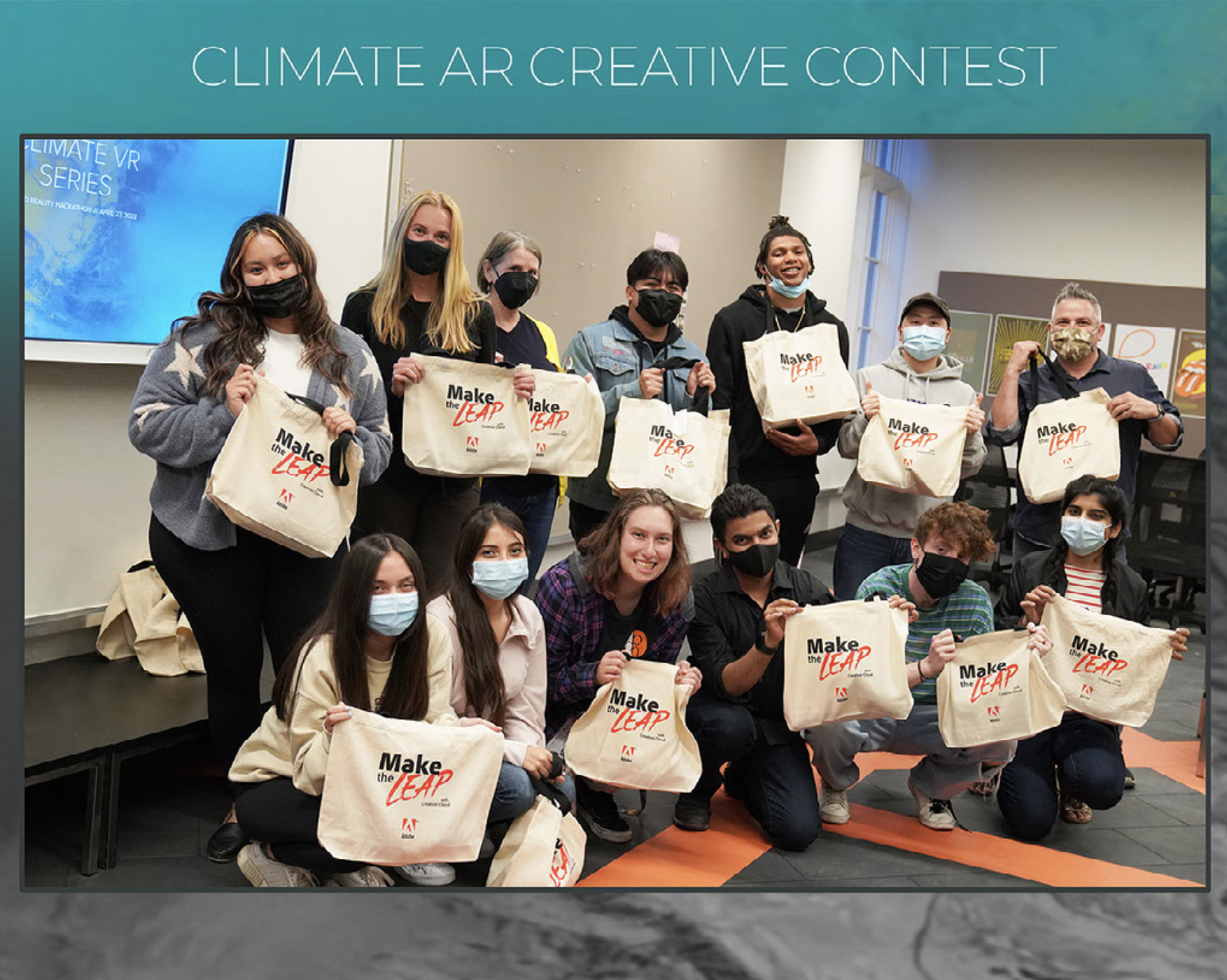
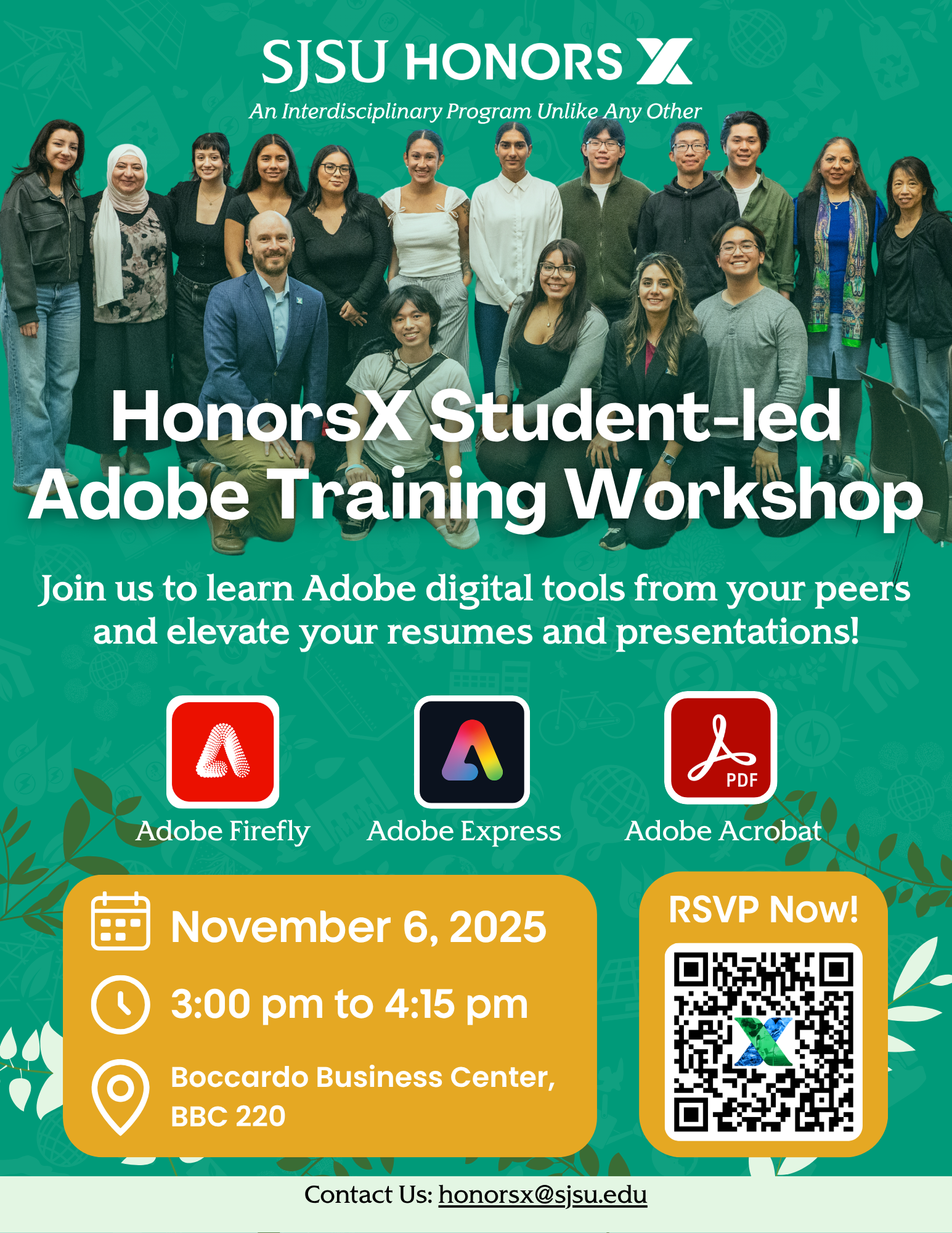
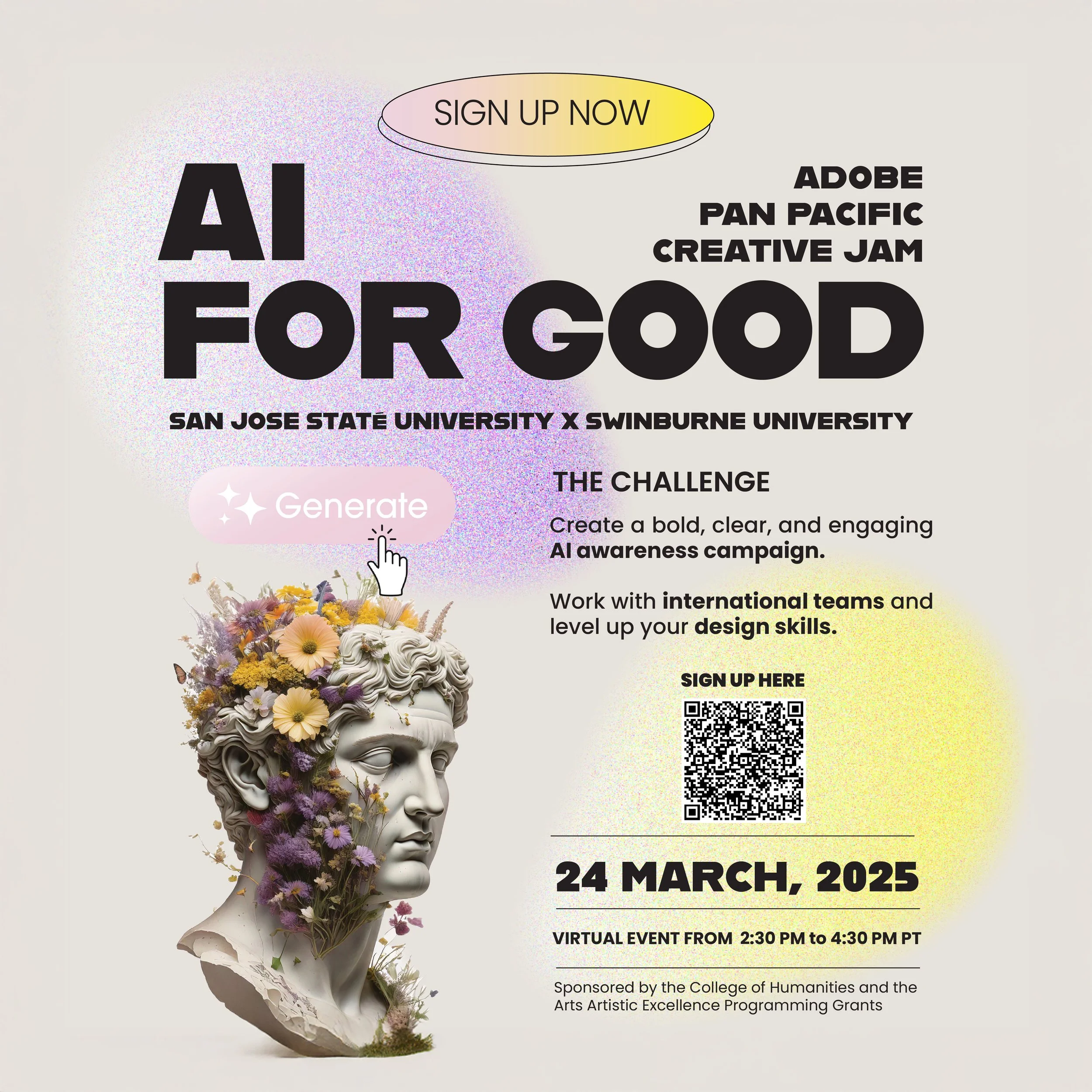
International Mother Language Celebration · 2018 - Present
From Small Beginnings to
Community Tradition
What started in 2018 with 12 students and a modest exhibit at the Children's Discovery Museum has grown
into one of San Jose's most anticipated multicultural gatherings. Each year, 400+ participants come together
through youth art exhibitions, cultural performances, and hands-on workshops, but the real magic is how it
grows. Families who attended once now volunteer, students who exhibited art return as mentors, and parents
who watched their children perform now help organize. This organic growth happened because we listened deeply
to what our multilingual communities actually wanted: not just representation, but co-creation.
Creating Spaces Where Everyone Contributes: The celebration brings together South Indian
classical dancers, Mexican folklórico groups, Chinese performing artists, Mayan dancers, and Armenian and
Turkish folk traditions, each group helping shape the event rather than just performing in it. Young artists
submit work exploring their linguistic identity, accompanied by statements about how their mother language
influences their creative voice. We rotate venues between the Children's Discovery Museum, Parque de los
Pobladores, and neighborhood centers, partnering with local businesses for prizes. This distributed model
means the celebration belongs to the entire community, not just one institution.
Virtual Pivot During COVID: When the pandemic hit, instead of canceling, we pivoted, building
a virtual gallery in Art Steps so families could tour the youth exhibit from home. Even online, we maintained
that community feeling through live artist talks and virtual workshops. This adaptability showed me that strong
communities aren't about perfect events; they're about consistent presence and genuine care. Whether coordinating
six dance groups, securing venues, managing volunteers, or creating promotional materials, every decision starts
with one question: how does this strengthen the connections between people?
Mother Language Celebration Archive
Building tradition year by year
Media Coverage
Online Exhibit for Global Audience
